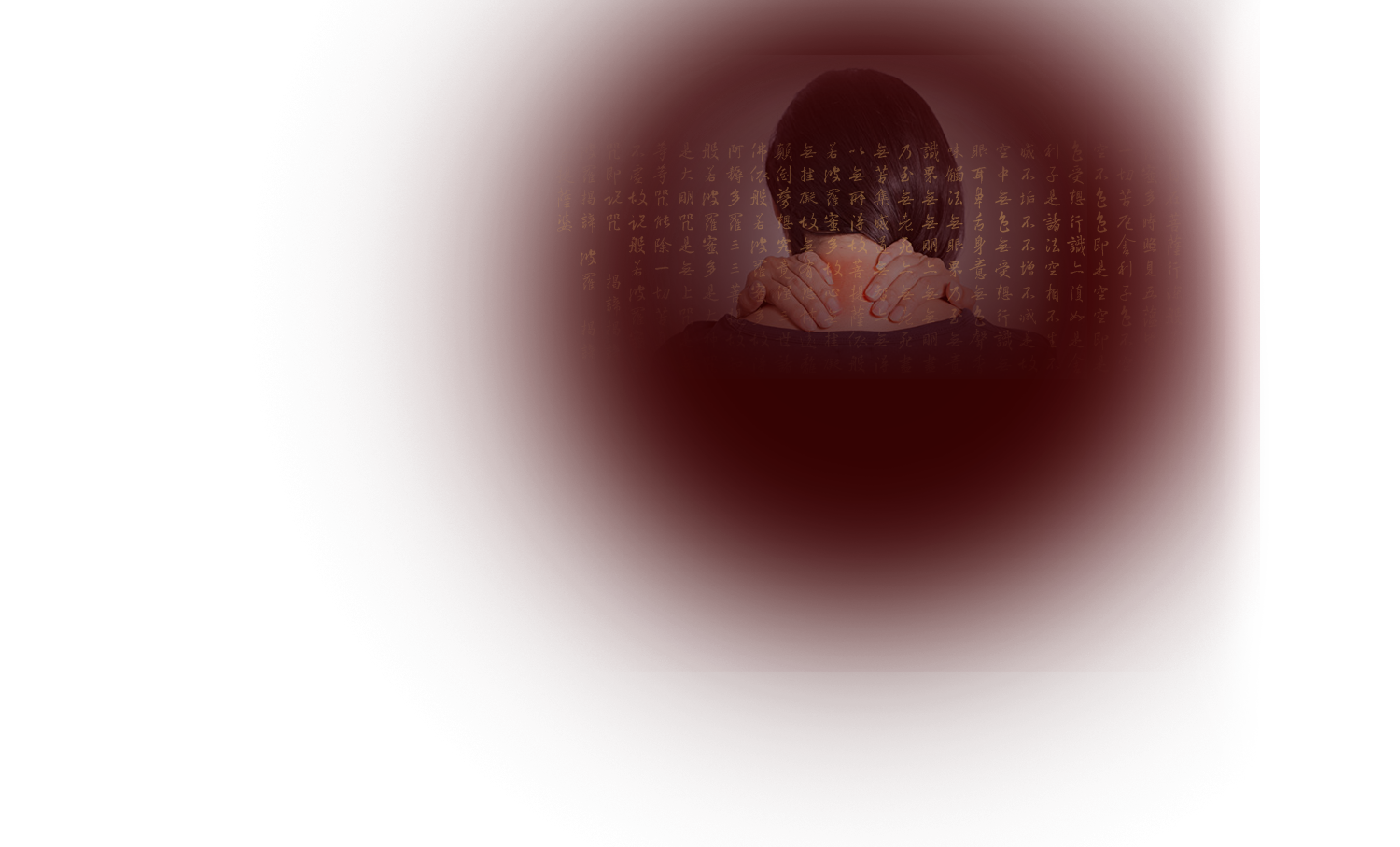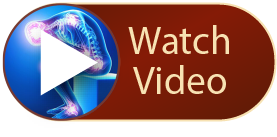
Pain may persist anywhere in the body following an illness or injury. Pain can range from mild to severe and may affect normal daily activities. Acute pain may relate with an injury. Chronic pain is defined as the pain that persists for more than three months that may relate with degeneration or other health issues and more common in older adults.
The pain management in our center is a comprehensive program in alliance Acupuncturists with rehabilitation physicians and physical therapists to provide professional therapy for spinal diseases, stroke/CVA, arthritis, fibromyalgia, osteoporosis, MS, and nerve problems. Certified Acupuncturists work for pain management by combining acupuncture with acupressure massage, herbal remedies and Tai Chi exercise to meet patient's healing needs.
Our therapies include:
- Acupuncture & Tui Na acupressure to ease the pain.
- Moxibustion to increase blood circulation.
- Joint / Tendon manipulation to improve range of motion and mobility.
- Herbal-aroma massage to relax the muscles and soft tissues.
Herbal Formulas for Pain Management:
| Headex / TT | Eases the tension headache or migraine. |
| Painnex / ST | Eases the body and muscle pain by improving circulation. |
| Rheumex / FS | Eases pain from rheumatoid arthritis or immune disorders. |
| Ostex / MG | Eases pain from bone degeneration or loss of bone density. |
| Body Vitality Pain | Tonic to Strengthens bones, Tendon and muscles, eases body aches and pain. |
| Pain-Bath / TX | External use as steam, wash, bath or external application. |
Pain Symptoms List
- Facial and head pain: headaches, migraines, facial pain, TMJ syndrome, sinus pain, shingles, earache, and toothache,
- Muscle and soft tissue spasm or tenderness: in the neck, shoulder, hamstring, thigh, hip, leg, calf, ankle, and foot,
- Bone joint pain: rheumatoid arthritis, osteoarthritis, bone spur, heel pain, bone strain or fracture, bursitis, joint semi-dislocation, swollen knee joint, gout,
- Tendon pain: tendonitis, tennis elbow, carpal tunnel syndrome, rotator cuff injury, torn ligaments and muscles,
- Spinal pain: herniated discs, bulging discs, degenerative disc disease, spinal stenosis, and osteoporosis,
- Nerve and vessel pain: neuropathy, burning and tingling nerve sensation, sciatic nerve pain, pinched nerves, Reynaud’s syndrome, blood clots, and pain due to poor blood circulation,
- Internal organ related pain: chest pain from respiratory or heart conditions, heartburn, abdominal pain, diabetes, gallbladder conditions, kidney stones, urinary bladder disorder, prostate disorder, dysmenorrhea, uterine and ovarian disorders, abdominal masses, diseases of the colon and intestines, tumors and cancer related conditions, and HIV/AIDS related illnesses,
- Other sources of pain: stress related pain, post-surgical pain, sports injuries, job-related and occupational injuries, car accidents, trauma, and withdrawal associated with drug addiction/abuse.
The Acupuncture treatment plan for pain syndromes usually consists of twice weekly treatments for approximately 3 weeks. Once symptoms begin to subside, the treatment schedule may be reduced to once a week, then ultimately every other week for a minimum of six additional visits. The therapies employed during each visit vary according to the patient’s individual needs.
Consult your Acupuncturist to find out which treatment plan is right for you. We highly recommend that patients should follow-up their treatment plan with monthly or semi-monthly maintenance visits to prevent symptoms from recurring or developing into chronic medical conditions.
[Read More...]


Research on Acupuncture for Pain Relief (by Ruoyi Fang, M.S, L.Ac.)
In the US, pain relief is the primary reason patients seek out Acupuncture treatment. Through medical investigation and clinical research, the mechanism of Acupuncture as a means of alleviating pain has become clear. Research has shown that:
- In the central nerve system: Acupuncture stimulation could activate the secretion of various analgesic transmitters such as opiate-like substances (endorphin, enkephalin) and their receptors, 5-HT , dopamine, norepinephrine, etc.
- In spinal cord: Acupuncture could activate the secretion of dynorphin (one of the opiate substances) resulting in the alleviation of pain. Stimulation of Acupuncture points can inhibit the conduction of painful sensation in the spinal cord.
- In periphery: Acupuncture can down-regulate the excitation of peripheral sensory nerves, activate the peripheral opiate system.
In Traditional Chinese Medicine (TCM), pain is viewed as an obstruction in the body. When there is pain, there is obstruction of Qi and blood. The mechanism of relieving pain, therefore, is to dissolve blood stasis and promote Qi circulation.
Acupuncture points are selected according to the distribution of the meridians to treat pain conditions such as headaches, trigeminal neuralgia, neck pain, back pain (lumbago), joint pain and other diseases of the nervous or musculoskeletal systems. Acupuncture points can also be employed to treat pain in the organs resulting from conditions such as pancreatitis, cholecystitis, appendicitis, stomach disorders, and heart disease. Through the analysis of the body's constitution, the Acupuncturist selects the appropriate method of treatment (tonifying, sedating, or supplementing with Moxibustion) according to the disease pattern and symptoms with which the patient presents.
Acupuncture can be applied in the treatment of any kind of painful diseases and manifestations, either for acute or chronic. It can reduce the superficial pains, and also alleviate the pains occurring in the organs and migratory pains. Besides, acupuncture is now found in good at treating the pain-induced emotional changes.
About 10 years ago, doctors found out chronic pain (the pain lasts over 6 months) would induce the onset of negative emotions. In chronic pain patients, about 60-80% accompany with a mood disorder, these patients having lower tolerance to pain, bodies would be more sensitive to pain. In the latest research of this year in China, acupuncture, in the treatment of chronic pain, could improve the condition of pain- induced emotional changes. Either mild or strong acupuncture stimulation can improve abnormal emotional behavior such as depression or anxiety. Particularly the initial intervention of electroacupuncture stimulation, can reduce the incidence of pain memory, or alleviate its intensity.
In recent years, large RCTs and meta-analysis of the effectiveness of acupuncture have greatly advanced our knowledge of acupuncture. Researches have shown acupuncture was associated with statistically significantly greater immediate pain relief compared to analgesic injection with nonsteroidal anti-inflammatory drugs (NSAIDs) or local anesthetic. Meanwhile, the effects of a course of acupuncture treatment for patients with chronic pain do not seem to decrease significantly over 12 months. Patients can generally be reassured that treatment effects persist over time.
Increasingly, more patients worldwide now accept acupuncture treatment. Acupuncture will become a standard therapeutic procedure in the modern health care system. At the same time, more applicable and innovative research that can prove the effectiveness of acupuncture in daily clinical practice settings is still a work in progress.
[Read More...]
